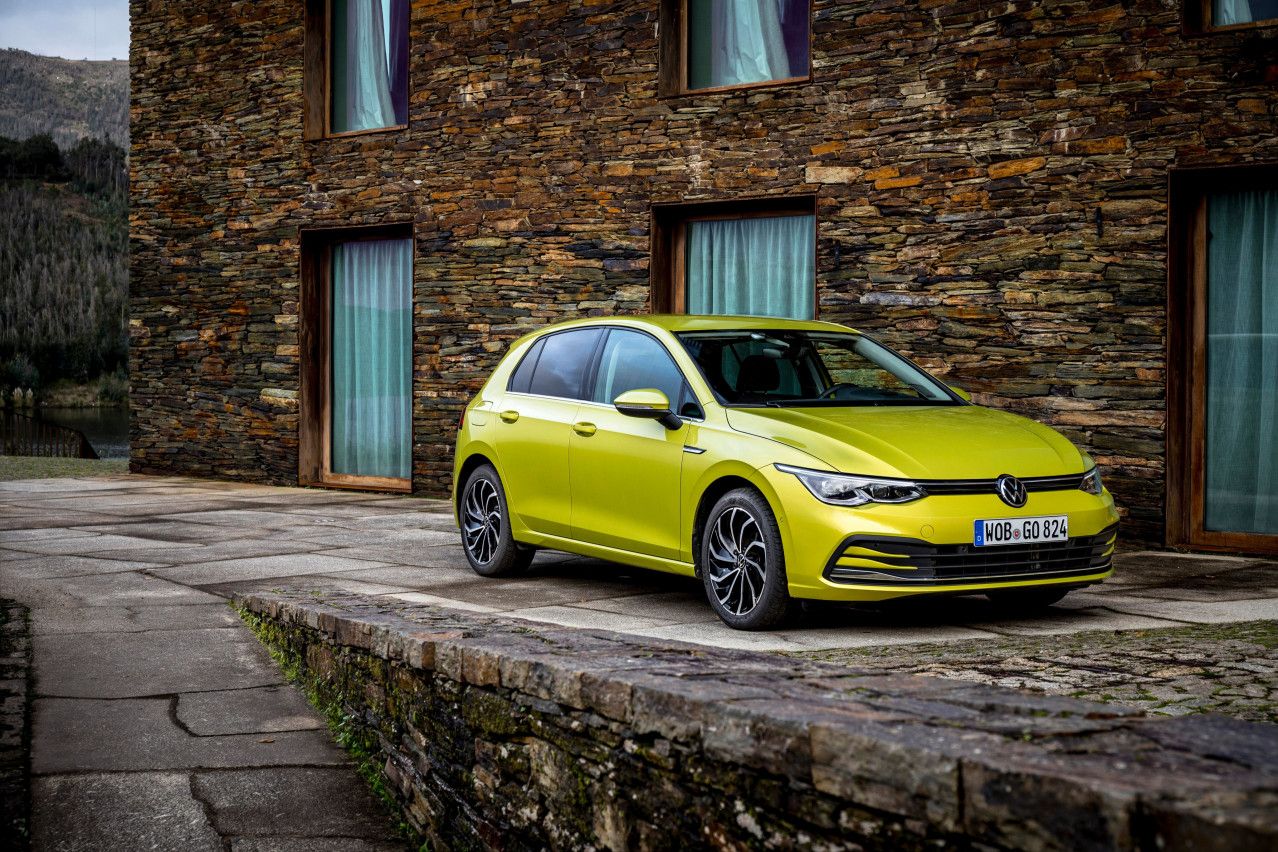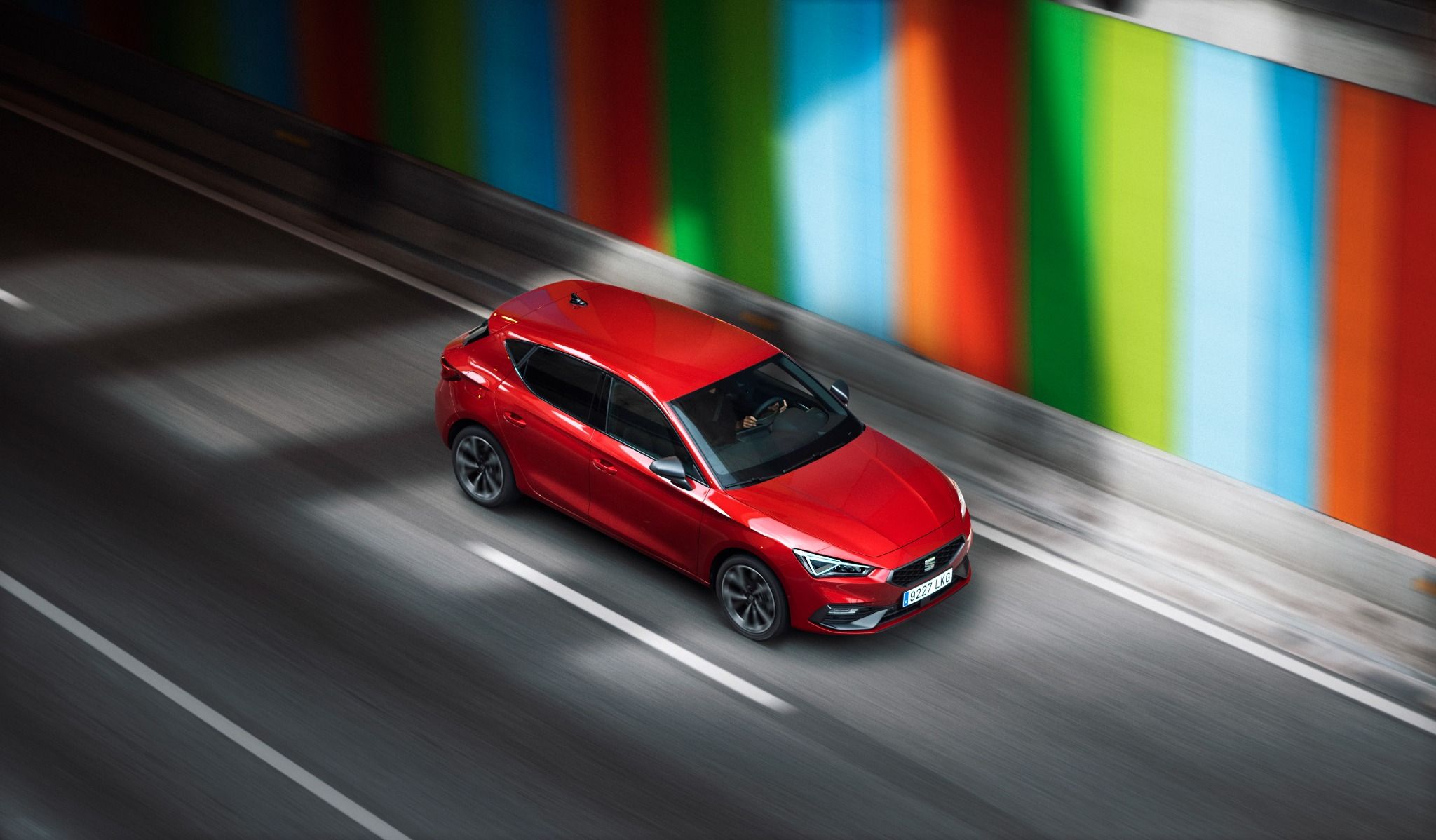Should you buy a Volkswagen Golf or a SEAT Leon?
Let’s dive behind the wheel and find out what they’re like.
Design
This is an area where the pair differ considerably. The Golf certainly stands on the conservative side of things; though it’s not a bad looking car, it does do understated in a typically Volkswagen way. The sleek headlights and wide grille do give it a high-tech look, while around the back LED lights give the Golf a distinctive appearance at night.
The Leon, meanwhile, looks far more distinctive. It’s got a particularly Spanish flair to it and is certainly the better choice for those who like to stand out from the crowd a little more.

Engines
There’s little to distinguish the Leon and Golf apart from one another in terms of engines. Both have a wide variety of both petrol and diesel powertrains to pick from, which means that there’s a good spread of engines catering for all buyers.
That said, you’ll only get more powerful GTI with the Golf, while as yet there aren’t any ultra-sporty Leon variants on the cards yet.
Interior
Both the Golf and Leon debut an extremely uncluttered, minimalist interior which relies on a series of screens to give access to all of the major controls. For those who enjoy the tactile nature of buttons then this might seem quite alien, but once you’re up to speed with the way it works it’s intuitive enough.
Space and practicality have remained at the forefront of concerns, however, and you’ll find a decent-sized boot in both cars, too.
Driving
When it comes to driving characteristics, both the Golf and Leon do exceptionally well. They’re comfortable, refined and well suited to life both on the motorway and in urban areas too. When up to speed the cabin remains hushed, which really does take the backache out of longer journeys.
The steering is light enough to make low-speed turns easy too, which means that positioning either car into a tight space isn’t going to cause too many headaches.

Price
Price is an area where the Leon and Golf do differ. Because whereas the Volkswagen enters from £25,765 in base ‘Life’ trim, the SEAT benefits from a lower £22,515 price. Both incorporate similar levels of standard equipment at this price point and, as we’ve mentioned earlier, benefit from the same range of engines.
The only real difference is residuals; Volkswagen models tend to hold their value slightly better than their SEAT cousins, which is something worth considering.
pricing correct as of January 2023
